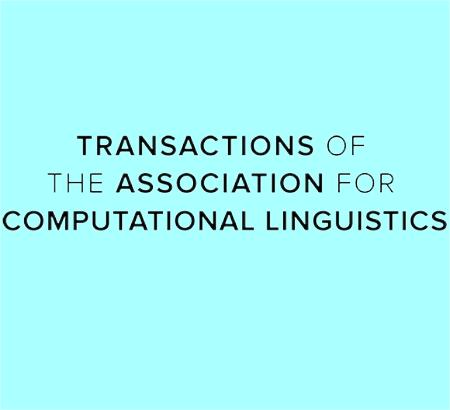自动修正大型语言模型:勘测各种自动校正策略的前景
IF 4.2
1区 计算机科学
Q2 COMPUTER SCIENCE, ARTIFICIAL INTELLIGENCE
Transactions of the Association for Computational Linguistics
Pub Date : 2024-05-01
DOI:10.1162/tacl_a_00660
引用次数: 0
摘要
摘要 虽然大型语言模型(LLM)在各种 NLP 任务中表现出了显著的有效性,但它们仍然容易出现幻觉、不忠实推理和毒性等问题。纠正这些缺陷的一种有前途的方法是通过反馈纠正 LLM,即通过反馈提示或引导 LLM 自身修正其输出中的问题。利用自动反馈(由 LLM 本身(自我纠正)或某些外部系统产生)的技术特别令人感兴趣,因为它们能使基于 LLM 的解决方案更加实用,并且只需最少的人工干预即可部署。本文详尽回顾了最近在利用自动反馈修正 LLM 方面取得的进展,并将其分为训练时方法、生成时方法和事后方法。我们还指出了这一新兴领域的潜在挑战和未来方向。本文章由计算机程序翻译,如有差异,请以英文原文为准。
Automatically Correcting Large Language Models: Surveying the Landscape of Diverse Automated Correction Strategies
Abstract While large language models (LLMs) have shown remarkable effectiveness in various NLP tasks, they are still prone to issues such as hallucination, unfaithful reasoning, and toxicity. A promising approach to rectify these flaws is correcting LLMs with feedback, where the LLM itself is prompted or guided with feedback to fix problems in its own output. Techniques leveraging automated feedback—either produced by the LLM itself (self-correction) or some external system—are of particular interest as they make LLM-based solutions more practical and deployable with minimal human intervention. This paper provides an exhaustive review of the recent advances in correcting LLMs with automated feedback, categorizing them into training-time, generation-time, and post-hoc approaches. We also identify potential challenges and future directions in this emerging field.
求助全文
通过发布文献求助,成功后即可免费获取论文全文。
去求助
来源期刊
CiteScore
32.60
自引率
4.60%
发文量
58
审稿时长
8 weeks
期刊介绍:
The highly regarded quarterly journal Computational Linguistics has a companion journal called Transactions of the Association for Computational Linguistics. This open access journal publishes articles in all areas of natural language processing and is an important resource for academic and industry computational linguists, natural language processing experts, artificial intelligence and machine learning investigators, cognitive scientists, speech specialists, as well as linguists and philosophers. The journal disseminates work of vital relevance to these professionals on an annual basis.

 求助内容:
求助内容: 应助结果提醒方式:
应助结果提醒方式:


